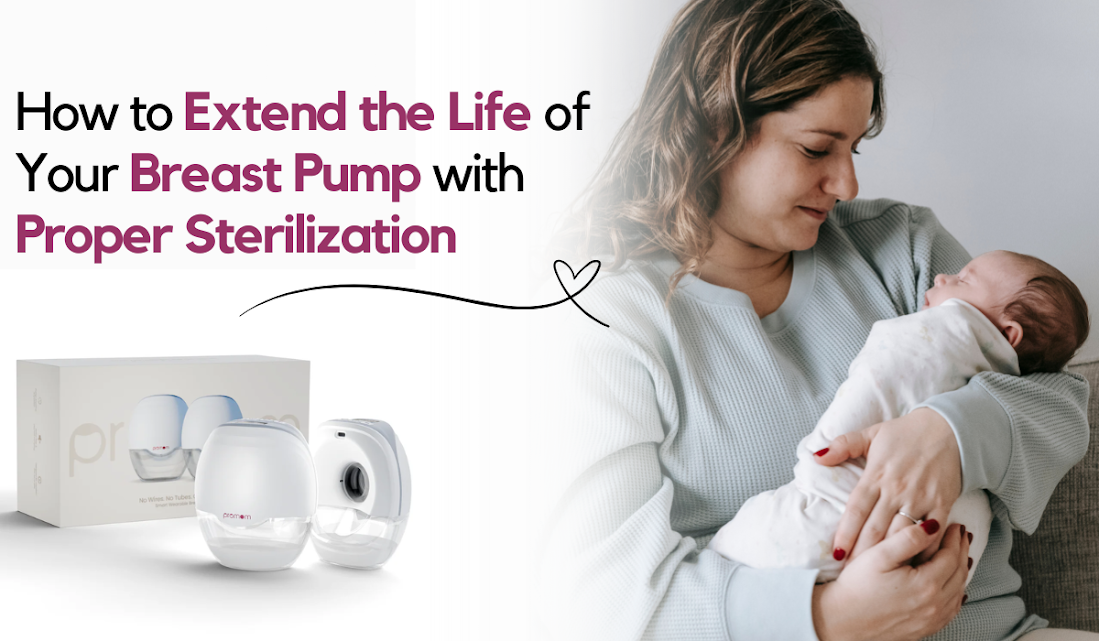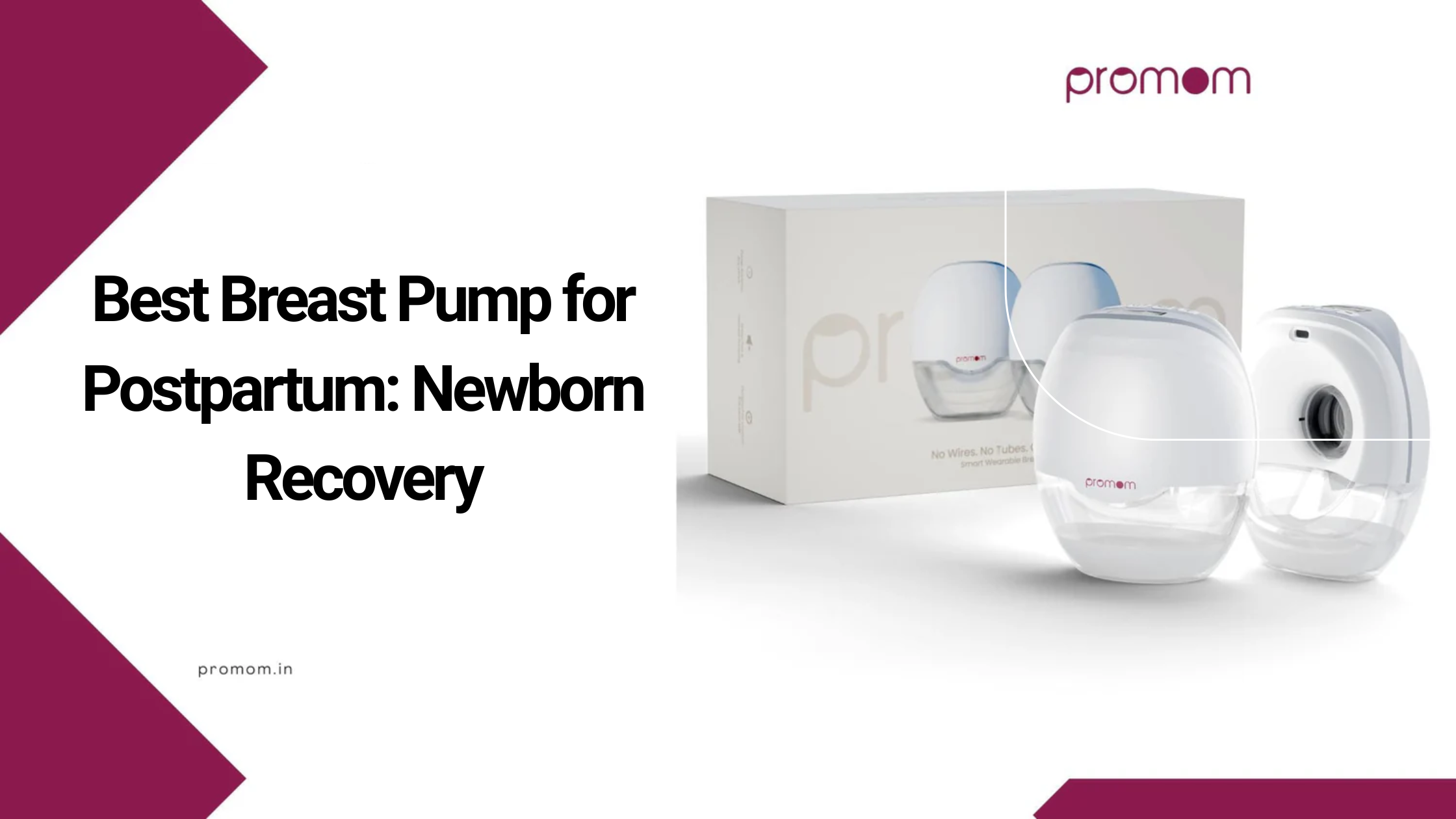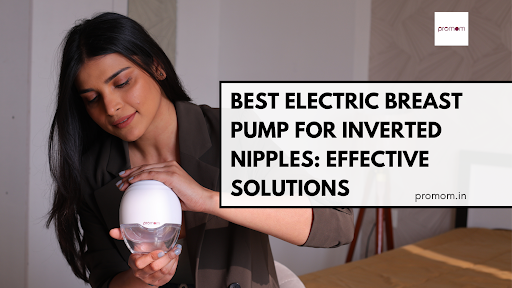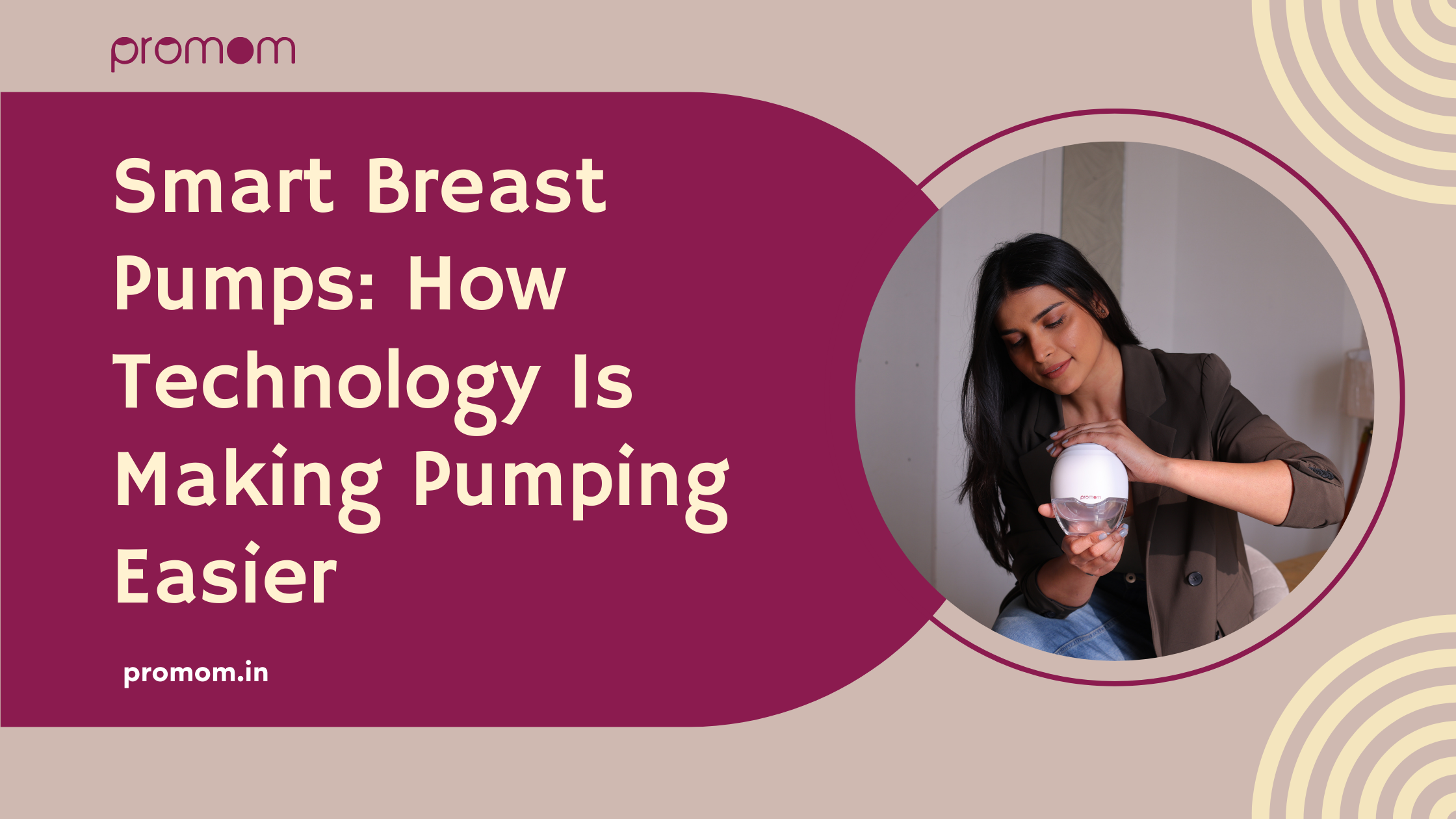
How to Extend the Life of Your Breast Pump with Proper Sterilization
Many mothers find breast pumps essential for maintaining milk supply while providing continuous breast milk for their babies. The proper maintenance of your breast pump depends on the correct care you provide to keep it operating optimally.
Your breast pump will maintain its long lifespan thanks to how well you practice sterilization. This article shows how to properly sterilize your breast pump sterilizer as well as alternative methods for extending its operational lifespan.
Why is proper sterilization crucial?
A breast pump requires sterilization because it removes all possible harmful bacteria, viruses, and contaminants that build up on its parts. Your breast pump handles both your milk and your body; therefore, proper hygiene care is vital for the baby's health and your device's lifetime.
Improper sterilization and cleaning of breast milk residue on pump parts will result in reduced functionality and strong smells. A breast pump sterilizer provides effortless sanitation of your pump parts, which makes each use secure and convenient.
Step-by-Step Guide for Cleaning and Sterilizing Your Breast Pump
1. Disassemble Your Breast Pump
When you perform breast pump maintenance, you should disassemble all its components to begin with the cleaning process. Your breast pump components will include the pump motor along with tubing, bottles, flanges, and additional accessories. The process of segmenting your components enables you to produce a cleaning technique that removes milk accumulation within difficult-to-access areas.
2. Wash All Parts Thoroughly
Warm, soapy water should be used for cleaning each removable part of the breast pump after you have taken it apart. Employ a bath of hot soapy water together with a bottle cleaning implement for thorough scrubbing actions. Devote close attention to the milk residue accumulation points that include flanges together with valves and bottles. Sterilizers exist that offer pump maintenance by using steam to eliminate harmful bacteria and germs.
3. Rinse and Dry
Subject every component to clean hot water after washing completion to eliminate all soap remnants. All remaining soap residue should be eliminated because residual soap can lead to discomfort for both the mother and the baby. Dry the parts with fresh air or wipe them down with an unused, lint-free cloth. The storing process requires complete part drying to stop mold and bacteria growth.
4. Sterilize Your Pump Parts
The cleaning process must end with sterilization of pump parts to eliminate all bacteria completely. The employment of a breast pump sterilizer proves to be essential during this stage. A sterilizer serves as a practical germ-eliminating method that functions without using boiling water during the process.
Different sterilizer options exist in the market:
-
Electric steam sterilizers operate through steam technology to fast and thoroughly sterilize breast pump equipment.
-
The microwave operates as a compact device that generates sterilizing steam from microgravity to destroy bacteria.
-
UV Sterilizers utilize ultraviolet light to sanitize breast pump components while eliminating the need for chemical solutions.
-
Select your sterilization equipment according to personal choice and available time for the process. The effectiveness of each sterilization method demands selecting a system that fits your daily routine.
5. Regular Sterilization
A breast pump owner must sanitize their parts before their initial use along with daily sterilization when regular pumping occurs. The regular execution of sterilization procedures enables both high-cleanliness levels and enhanced pump longevity. You should perform post-use sterilization to stop dangerous bacteria from building up and affecting your breast pump parts.
How to Care for Your Breast Pump Beyond Sterilization?
The maintenance process of your breast pump extends past basic sterilization methods. Additional care tips exist to maintain your breast pump at optimal functionality:
1. Check for Wear and Tear
Refrain from continued usage of worn-out breast pump components such as valves and membranes. Check all parts of your breast pump for evidence of holes, cracks, or physical damage every time you inspect them. Regular replacement of damaged parts is necessary to stop milk leakage and keep the suction reliable.
2. Store Your Pump Properly
Keep your breast pump in a dry area with a cool temperature when you are not employing it. Place your breast pump out of sunlight exposure and choose a clean environment free from dirt. You should put your pump parts into a clean, dry container, which protects them from dust and bacterial contamination.
3. Keep the Motor Dry
A motor-powered breast pump needs to stay water-free. Wash the motor with a wet cloth and dry it afterward to stop water damage. Avoid submerging the motor fully underwater and completely exclude it from being placed inside the sterilization unit.
Conclusion
Repeated sterilization procedures enable breast pumps to function longer. Your breast pumping success depends on an appropriate breast pump sterilizer, which effectively sanitizes your pump components. Following this guidance with proper sterilization techniques leads to both better pump hygiene and increased durability, which maximizes your investment return.
Find premium breast pump sterilizers at Promom to experience effortless yet effective cleaning performance. Caring for your tools along with your baby's health requires both suitable equipment and proper care.


